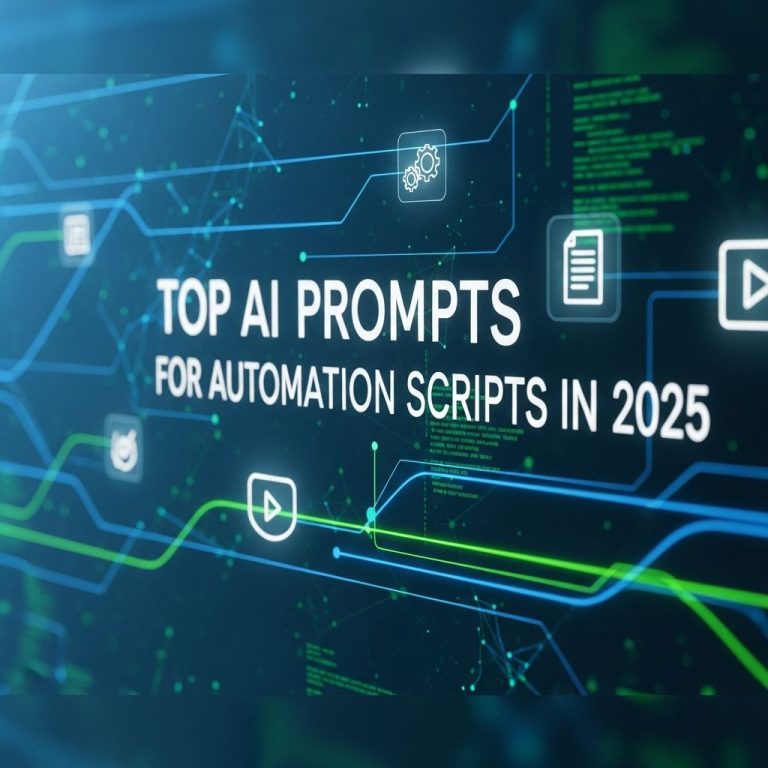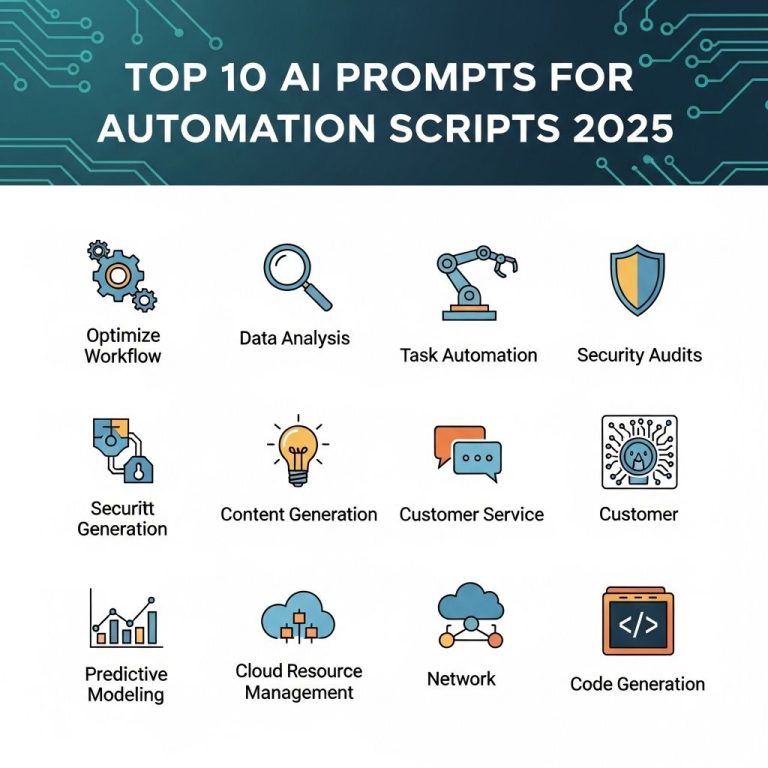In an era where security is paramount, the advent of artificial intelligence (AI) has transformed the way we approach image recognition in security systems. AI platforms have the ability to analyze vast amounts of data with precision and speed, enabling more effective surveillance and threat detection. This article explores some of the best AI platforms available for security image recognition, examining their features, benefits, and use cases.
Understanding Image Recognition in Security
Image recognition involves identifying and classifying objects within images. In security applications, this technology is crucial for tasks such as facial recognition, object detection, and anomaly detection. AI enhances these capabilities through machine learning algorithms that continuously improve from exposure to new data.
Key Features of AI Platforms for Security
When evaluating AI platforms for security image recognition, consider the following features:
- Scalability: The ability to handle a growing volume of images without compromising performance.
- Real-time Processing: Instant analysis of image data to facilitate immediate threat response.
- Integration Capability: Seamless compatibility with existing security infrastructure and systems.
- Accuracy and Reliability: High precision rates in recognizing and classifying images.
- User-Friendly Interface: Simplified dashboards and reporting tools for ease of use.
Top AI Platforms for Security Image Recognition
1. Microsoft Azure Computer Vision
Microsoft Azure offers a robust Computer Vision API that provides advanced image processing capabilities. This platform excels in features such as:
- Facial Recognition: Identifies and verifies individuals in images.
- Object Detection: Detects and classifies multiple objects in a single image.
- Content Moderation: Automatically identifies and flags inappropriate content.
With its scalable cloud infrastructure, Azure enables organizations to deploy image recognition solutions tailored to their specific needs.
2. Google Cloud Vision
Google Cloud Vision is another powerful choice for security image recognition. It leverages machine learning models to provide a range of features:
- Label Detection: Identifies and categorizes objects within images.
- Text Detection: Extracts text from images, useful for license plate recognition.
- Logo Detection: Recognizes brand logos in images, which can be helpful in monitoring unauthorized use.
This platform is particularly effective for organizations already utilizing Google Cloud services, as it allows for easy integration and data sharing.
3. Amazon Rekognition
Amazon Rekognition offers powerful image and video analysis capabilities. Key features include:
- Facial Analysis: Detects faces and analyzes attributes such as age, gender, and emotions.
- Activity Recognition: Identifies activities in video feeds for dynamic surveillance.
- Real-Time Detection: Processes video streams for immediate alerts.
As part of AWS, Rekognition benefits from the strength of Amazon’s cloud services, ensuring high availability and performance.
4. IBM Watson Visual Recognition
IBM Watson offers Visual Recognition capabilities that can be customized for specific use cases. Notable features include:
- Custom Training: Allows users to train models on their own data sets for specialized recognition.
- Automated Model Management: Simplifies the deployment and management of recognition models.
Watson’s advanced analytics and reporting tools make it an excellent choice for organizations looking to derive insights from security data.
5. OpenCV
For organizations seeking an open-source solution, OpenCV (Open Source Computer Vision Library) offers a comprehensive library for computer vision tasks. While it requires more technical expertise to implement, it provides the flexibility to develop tailored applications. Some key features include:
- Face Detection: Utilizes pre-trained models for rapid facial recognition.
- Image Processing Algorithms: Includes various algorithms for enhancing image quality.
- Integration with Machine Learning Libraries: Can be combined with TensorFlow and PyTorch for advanced applications.
Considerations When Choosing an AI Platform
Before selecting an AI platform for security image recognition, consider the following:
- Budget: Evaluate the costs associated with licensing, deployment, and maintenance.
- Use Case: Identify specific security needs, such as surveillance, access control, or anomaly detection.
- Compliance: Ensure that the platform adheres to relevant data privacy regulations.
- Support and Training: Consider the availability of technical support and training resources.
Real-World Applications of AI in Security
The implementation of AI-powered image recognition in security has led to transformative results across various sectors:
1. Retail Surveillance
Retailers utilize AI to monitor stores for theft prevention and customer behavior analysis. AI systems analyze foot traffic patterns and identify suspicious activities in real-time.
2. Urban Security
Cities deploy AI-driven surveillance systems for public safety. Smart cameras equipped with image recognition can detect incidents such as fights or accidents, allowing for rapid response from law enforcement.
3. Access Control
Facial recognition technology is widely used for secure access control in workplaces and sensitive areas. AI platforms ensure that only authorized personnel can enter restricted areas.
The Future of AI in Security Image Recognition
As AI technology continues to evolve, the capabilities of image recognition will expand significantly. Emerging trends include:
- Increased Accuracy: Advancements in deep learning will enhance recognition accuracy.
- Integration with IoT: AI platforms will increasingly integrate with Internet of Things (IoT) devices for smarter security solutions.
- Enhanced Privacy Controls: Future AI systems will focus on balancing security with data privacy, ensuring compliance with regulations.
In conclusion, selecting the right AI platform for security image recognition is crucial for enhancing safety and operational efficiency. By leveraging the features of advanced AI technologies, organizations can better protect their assets and respond swiftly to potential threats. With ongoing advancements in AI, the future of security image recognition looks promising.
FAQ
What are the top AI platforms for security image recognition?
Some of the best AI platforms for security image recognition include Google Cloud Vision, Amazon Rekognition, Microsoft Azure Computer Vision, IBM Watson Visual Recognition, and OpenCV.
How does AI enhance security image recognition?
AI enhances security image recognition through advanced algorithms that enable real-time processing, improved accuracy in identifying objects and faces, and the ability to learn from new data over time.
What industries benefit from AI-powered security image recognition?
Industries such as retail, banking, law enforcement, transportation, and smart cities benefit significantly from AI-powered security image recognition for surveillance, fraud detection, and access control.
Can AI image recognition systems work with low-quality images?
Many AI image recognition systems are designed to improve performance with low-quality images, using techniques like image enhancement and noise reduction to extract useful information.
What features should I look for in a security image recognition platform?
Key features to look for include accuracy, speed, scalability, integration capabilities, support for various image formats, and compliance with privacy regulations.
Are there any privacy concerns with AI security image recognition?
Yes, there are privacy concerns related to data collection, surveillance, and potential misuse of facial recognition technology, making it essential to implement ethical guidelines and transparency in usage.




